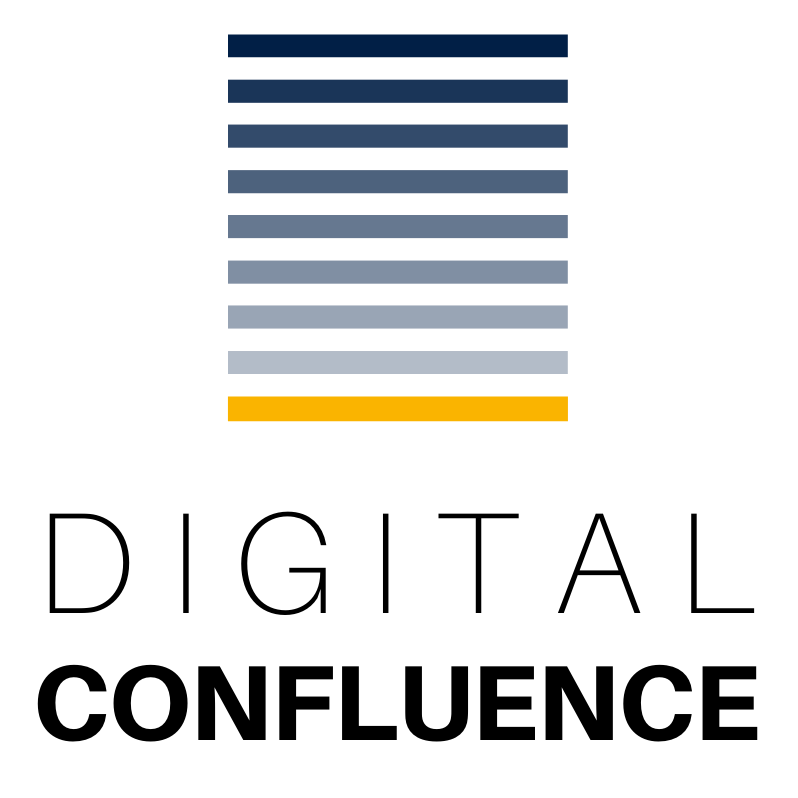
From Invisible to Influential
Written by Rowena Morais
This message is for everyone — it’s not aimed at a specific target group. But I believe it may resonate particularly with those:
- in the early stages of their careers, trying to figure out what they want to do and why
- with a clear message they want to share
- already advocating for causes or issues but struggling to be seen or heard
- who’ve never felt a need for visibility before, but due to a change in direction, or circumstances, now believe that visibility and impact will shape their journey forward
Self-promotion can feel awkward every single time. But what if we could talk about ourselves and our work without fear of judgement or worry about scrutiny?
As someone who once preferred to stay behind the scenes – I’ve often wondered about the path that has led me to deliver talks, host meetups, design and facilitate training programs, and take on leadership roles.
There is a path forward for you
I can’t speak for everyone, but I can share my journey.
When I talk about the fear of public speaking, worries about ridicule or criticism, or the feeling that I’m not supposed to do these things — it’s because I’ve been there.
But I’ve found a way through. I had a vision for what I wanted to achieve. My goals, it turned out, were stronger than my fears.
If there’s one thing I want you, my reader, to take away, it’s this: Visibility opens doors. It can lead to exciting roles, increased income, and unexpected opportunities.
Here’s how you can start building visibility, one step at a time. I’ll share what worked for me in the hope that they can spark ideas for your own journey.
This guide covers three essential steps to building visibility with confidence:
- crafting your narrative
- curating a relevant network and
- showcasing your work
Let’s dive in.
“Imagine you’re telling a friend about your career journey.”
Step 1: Develop your career narrative and elevator pitch
What this means
Your career narrative is a compelling story of your professional journey — the ins and outs, highs and lows of skills gained, milestones achieved, and more.
It’s curated but authentic.
It helps you connect the dots between seemingly unrelated experiences and present a clear, cohesive picture.

What my experience has shown
If I want someone to understand me or reach a certain conclusion about my work, I need to first be clear in my own mind. If I struggle to explain myself, others will likely struggle to understand me too.
But when I articulate my story clearly and confidently, I give others a better chance to understand and even support me.
How to do this
Imagine you’re telling a friend about your career journey. Share the roles you’ve held, skills you’ve developed, and your key wins along the way.
Anticipate the questions they may ask. Address gaps and concerns that could arise. Tell others what you want them to know.

Remember: our career narrative and elevator pitch are living documents, meaning that we don’t have to feel we’re stuck with it. Create something, put it out there, test it with friends and family, and get feedback.
Ensure this narrative is consistent and aligned across all platforms you use.
Step 2: Curate a relevant and growing network around you
What this means
Many chase “vanity metrics” – likes, followers and shares – that may not translate into meaningful engagement.
A small, disengaged network often means invisibility and limited impact.
But a relevant and engaged network connects you to those who genuinely want to hear from you. These people may amplify your message, have new and different perspectives to share, and even, take action because of your influence.
That’s the power of visibility.
What my experience has shown
Through countless conversations — with entrepreneurs, leaders and peers — I’ve found that many people leave networking to chance. They connect inconsistently, without strategy or intention. They may not know how to start or where to engage, and they may also not have the bandwidth to continue consistently.
For me, it started with clarity: Who do I want to connect with? Why? Initially, it was about business growth. Later, it evolved to include community.
Eight years ago, I began building a network of career women. At the time, I was raising a young family and juggling a full work life. But while I loved both, I often felt isolated.
I was looking for camaraderie, mentorship, and friendship. When I couldn’t find what I needed, I created it.
That’s how Thrive Meetups was born – a monthly gathering where women from across industries could connect and support one another.
How to do this
Start by understanding your goals. What are you working on? Who do you want to connect to and why? What problems are you solving?
Then, identify where your audience is. Are they on LinkedIn? What other platforms could they be using? Meet your audience where they are.
Plan your outreach. Create templates for messages, follow-ups, and check-ins. Find ways to automate where you can. This allows you to be consistent.

Building a network of 15k on LinkedIn has been a journey of over 15 years. In the early days as a LinkedIn user, I was not building a following — I was exploring my curiosity. Over time, I realised the value of sharing stories and building connections.
But I have never relied solely on one platform. I built my own website, launched a newsletter, and used social media to create an integrated, sustainable presence.
Step 3: Build a tangible and robust body of work
What this means
Think of your work as your portfolio – a collection of your best ideas, work and content. Others may use terms like portfolio or curated content.
Your body of work is an opportunity to capture your best ideas and make them tangible for others to appreciate and share. These could be articles, videos, presentations, interviews, courses or workshops.
It is the ultimate content marketing strategy.
Many may consider this to be the purview of business owners and marketing folk but everyone needs to be, as Tom Peters argued, “the CEO of Me Inc”.
What my experience has shown
It doesn’t get easier but it gets more familiar.
Putting your work out there can feel uncomfortable – you worry about whether things will land well or if others care. But those fears can grow louder the longer you remain silent.
Starting was, for me, the hardest part. I didn’t know what to do or how to begin. There was no one to ask. But once I took the first few steps, things began to slowly take shape. Those steps developed momentum.
You start building new markers that you can look back on and say, “Hey, I did that.” And that makes the difference.
How to do this
Start small:
- Comment on someone’s post
- Share an article you found interesting, along with your perspective
- Write a blog post
- Record a short video
These are the ways to build visibility but it must come back to your mission and goals. What problems are you seeking to solve?

I focus on value, not polish. Decide what matters to you and build around that.
Step 4: Build habits that sustain your visibility
- Experiment — I trust my intuition and take informed risks. I won’t know what works unless I try
- Explore new experiences — If someone else believes in me, I choose to believe in me too. Looking back on my career, I’ve engaged in wildly different activities. These look aligned now but they didn’t at the time
- Get comfortable with being uncomfortable — Public speaking terrified me but I’ve done TEDtalks and podcasts. I teach and I host an online show
- Take calculated risks — I’ve built resilience. I know I can rise after setbacks. I know good things come if you are willing to push boundaries and do much, much more
- Be your best cheerleader — You won’t always find the support you need. So protect your fragile dream. You owe it to yourself
- Surround yourself with the right people — Your circle influences you. Choose wisely.
Develop a strong and clear digital profile.
Build a meaningful network.
Create work that shows your value.
If you can do these things, you’ll build visibility in all the ways that matter. And with it, you’ll make an impact, with confidence.
Ready to elevate your business? If you’re looking for guidance on brand positioning or how to effectively market your small business, let’s connect! Let’s discuss how we can work together to grow your brand and drive success this year.
#BrandPositioning #marketing #communication #SmallBusinessOwner #SMEsuccess
